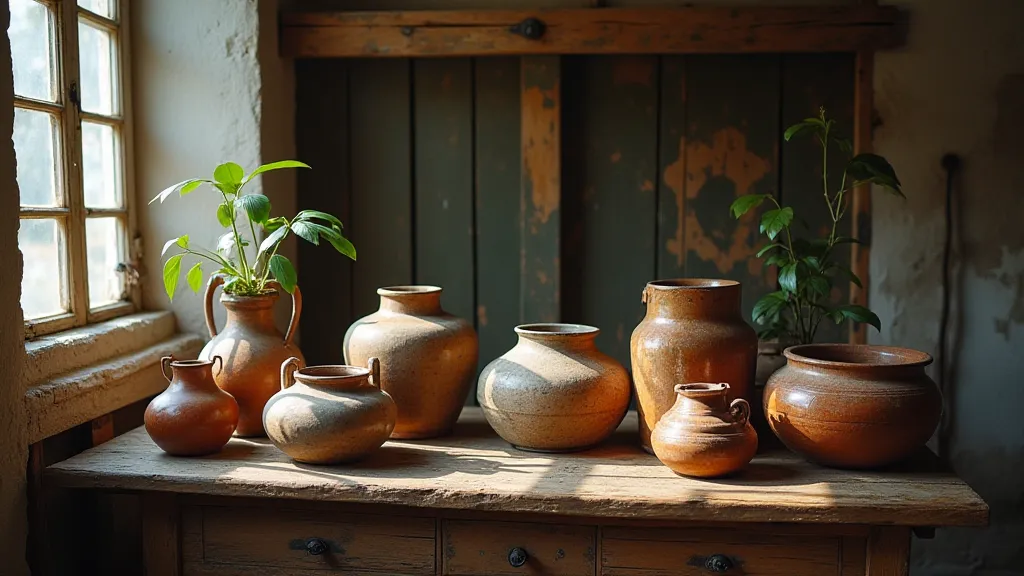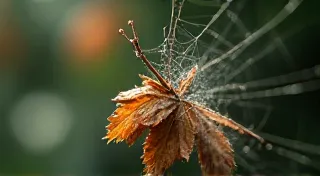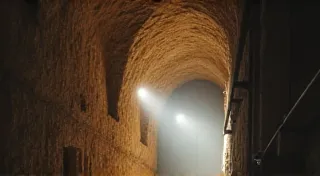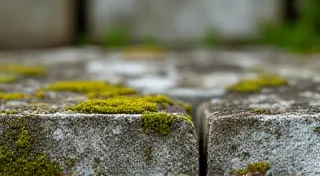The Silent Dialogue: Pottery and the Natural Landscape
Pottery. The very word conjures images of spinning wheels, deft hands shaping clay, and the satisfying thunk of a finished piece emerging from the kiln. But beyond the technical processes lies a deeper, more profound relationship—a silent dialogue between the potter and the land. For centuries, potters have not simply manipulated clay; they have interpreted their environment, translating the subtle nuances of the landscape into functional art.
This isn’s about mere decoration; it’s about an inherent connection, a reciprocal understanding. The color of the clay itself is dictated by the local geology—the iron-rich earth yielding warm reds and oranges, the presence of manganese creating deep purples and blacks. The temper used to strengthen the clay – crushed shells, ground rock, even dried grass – is invariably sourced from the immediate vicinity. And the forms? They frequently mimic the natural world: the swelling curves of river stones, the graceful undulation of dunes, the intricate patterns of weathered bark.
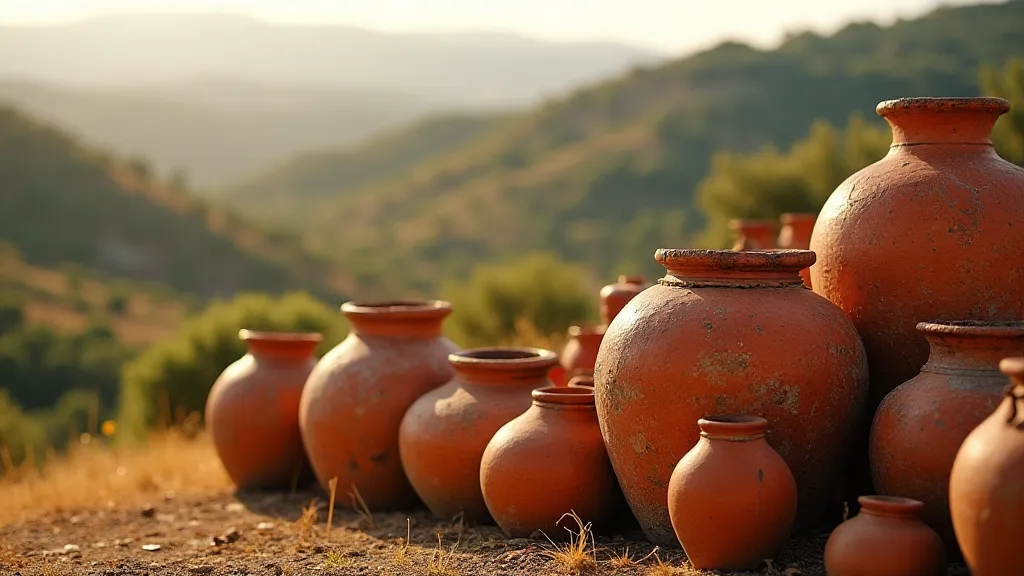
The Japanese Aesthetic: Wabi-Sabi and the Earth
Nowhere is this connection more evident than in traditional Japanese pottery. The concept of wabi-sabi, a core tenet of Japanese aesthetics, emphasizes the beauty of imperfection, impermanence, and simplicity. A perfectly symmetrical, flawlessly glazed pot holds little appeal. Instead, potters deliberately embrace irregularities - a crack in the glaze, a slight warp in the form, a subtle shift in color caused by the kiln’s unpredictable heat. These “flaws” are not seen as errors; they are evidence of the pot’s journey, a testament to the potter’s skill in working with the clay and the fire, not against it.
Consider Bizen ware, for example. This unglazed pottery from the Bizen region of Okayama Prefecture is known for its dramatic, unpredictable surface. The clay itself is rich in iron, and the firing process is extremely high, with minimal intervention from the potter. The pots emerge from the kiln transformed – darkened, mottled, sometimes cracked, but always unique. Each piece is a reflection of the local soil and the intensity of the fire. The potters of Bizen don’t 'create' pots; they facilitate a conversation between the earth, the flame, and the form. This delicate balance of elements, and the unique character born from the firing process, demonstrates fascinating processes of transformation—processes that have developed differently around the world. Understanding these regional differences in firing is key to appreciating the nuances of pottery history—a history explored in more detail in The Clay's Metamorphosis: Firing Traditions Across Continents.
I recall visiting a small Bizen kiln many years ago. The potter, a man whose hands bore the deep lines of a life spent shaping clay, showed me his collection of raw materials. He pointed to a pile of dark clay, explaining that it contained a higher proportion of iron oxide, and would yield a particularly dark and dramatic finish. It wasn’t just about selecting the right clay; it was about understanding its potential, anticipating its behavior under fire, and respecting its inherent limitations. It was a lesson in humility and a profound appreciation for the power of natural forces.
The American Southwest: Clay as a Living Archive
The story is similar in the American Southwest, where Indigenous potters have long drawn inspiration from the desert landscape. For centuries, Pueblo potters have used clay sourced from nearby riverbeds, creating vessels that are not only functional but also deeply symbolic. The reddish-brown clay, often mixed with volcanic ash, produces a distinctive color palette that echoes the hues of the surrounding mesas and canyons.
The designs themselves are often derived from natural motifs – birds, animals, plants, and geometric patterns inspired by the woven patterns of baskets. These designs aren’t merely decorative; they tell stories, preserve traditions, and connect the potter to their ancestors. Each pot is a tangible link to the past, a repository of cultural knowledge. Understanding these symbolic markings and the stories they tell is fundamental to appreciating the depth of cultural heritage embedded in pottery—a legacy often preserved through carefully guarded techniques and deeply held traditions.
The tradition is fiercely guarded, passed down through generations. The techniques are often shrouded in secrecy, and the clay pits are considered sacred places. To witness a potter at work in the Southwest is to witness a living tradition, a testament to the resilience of Indigenous culture and the enduring power of the human spirit. The very act of creation is imbued with meaning, signifying a deep connection to ancestral knowledge and a profound respect for the land. Regional variations in clay types and techniques are, of course, vital to this diversity—a detailed examination of those unique characteristics is often necessary to fully understand the significance of a piece.
European Rustic Traditions: From Tuscany to Transylvania
The European landscape too has deeply influenced pottery traditions. In Tuscany, the region’s signature terracotta pots, used for gardening and decoration, draw upon the readily available clay rich in iron. These pots, often simple in form, display a rustic charm born of their imperfections - the slight variations in color, the subtle cracks that speak of age and exposure to the elements. They have become intrinsically linked with the Tuscan countryside, a visual shorthand for the region’s warmth and character. The nuances of these regional differences extend beyond simple aesthetics—the specific qualities of the clay and firing techniques are crucial to the finished product.
Further east, in Transylvania, the pottery of Corund is renowned for its vibrant, folk-inspired designs. Here, the clay is tempered with crushed brick, creating a characteristic coarse texture. The intricate floral motifs, often depicting traditional costumes and local legends, tell stories of a vibrant cultural heritage. The bright colors, achieved through natural pigments, reflect the exuberance of the surrounding landscape – the lush meadows, the rolling hills, the dense forests. These intricate markings and the techniques used to create them often carry deep cultural significance – understanding their meaning requires delving into the history and traditions associated with these practices. The enduring nature of these traditions is a testament to the importance of preserving cultural heritage, and highlights the fascinating ways in which pottery can be used to tell stories and transmit knowledge across generations.
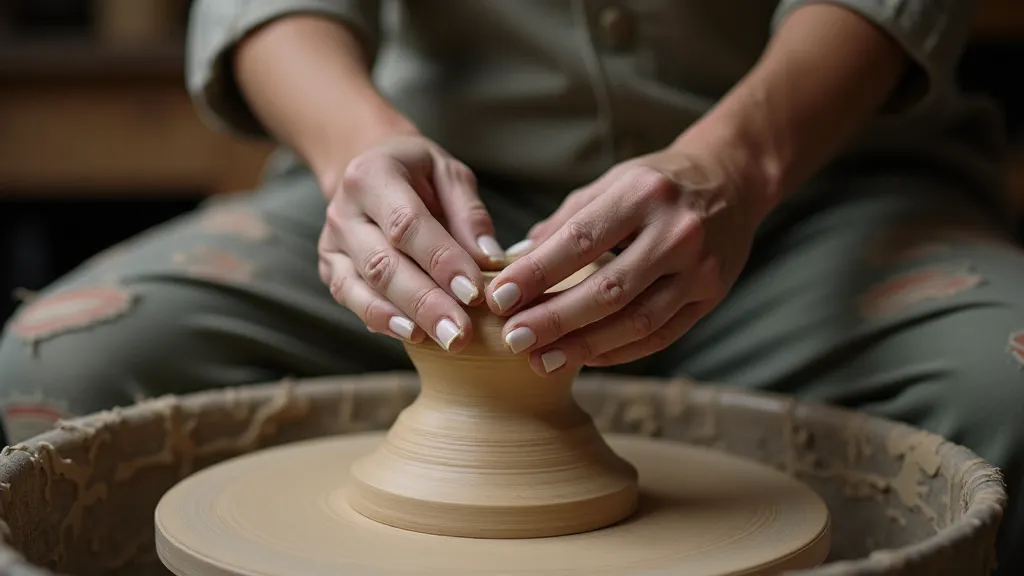
The Collector’s Eye: Beyond Aesthetics
For the collector of regional pottery, the aesthetic appeal is only part of the story. The true value lies in the understanding of the context – the connection to the land, the history of the technique, the legacy of the potter. A seemingly unremarkable pot can become a priceless artifact when its provenance is known, when its story is understood. Discriminating collectors recognize that the true value extends far beyond the visual appearance – it encompasses the history, the technique, and the cultural significance embedded within the piece. Often, these identifying features—the pot’s mark or distinctive characteristics—require a specialist’s knowledge to fully appreciate.
Restoration, however, presents a delicate balance. Too much intervention can erase the very character that makes the piece unique. The cracks, the chips, the variations in color – these aren’t flaws to be corrected; they are evidence of the pot’s journey, its connection to the land. The goal should be to preserve the integrity of the piece, to stabilize it, to prevent further deterioration, but to allow it to remain a testament to its past. Preserving these details and accurately attributing a piece to a specific region or potter is a complex undertaking, requiring a deep understanding of the subtle variations in clay types, firing techniques, and decorative motifs—characteristics often detailed in specialized literature and accessible through expert consultations. The precise characteristics which define a piece’s origin and value often go beyond basic aesthetics, and require in-depth knowledge of the techniques and historical context involved in its creation.
Ultimately, the silent dialogue between pottery and the natural landscape is a reminder of the interconnectedness of all things. It's a testament to the enduring power of tradition, the beauty of imperfection, and the profound respect that potters have for the earth that sustains them. To truly appreciate regional pottery is to appreciate the landscape itself, to understand that each piece isn’t just an object, but a story – a silent conversation between the potter, the clay, and the land. To truly grasp the breadth of knowledge involved in recognizing and appreciating authentic pieces often involves a specialist’s perspective—examining subtle characteristics such as the potter's mark, the unique qualities of the clay, or the particular style of decoration—all of which contribute to a piece's overall story and value.
